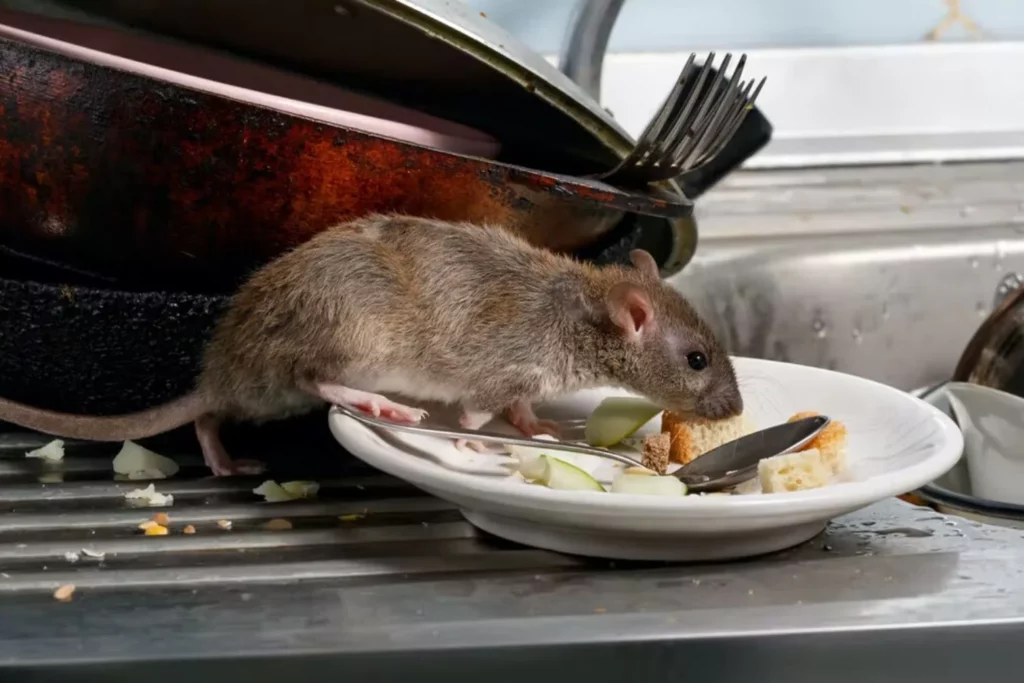Rats are a common sight in urban environments, and Sydney is no exception. With its diverse ecosystems and urban sprawl, the city provides an ideal habitat for these rodents. As a result, many residents and business owners find themselves grappling with the question: is rat control in Sydney worth it? This article delves into the reasons behind rat infestations, the implications of their presence, and the various control methods available, ultimately providing a comprehensive overview to help you make an informed decision.
The Importance of Rat Control
Understanding the significance of rat control sydney is crucial for both health and property maintenance. Rats are not just a nuisance; they can pose serious health risks and cause extensive damage to properties.
Health Risks Associated with Rats
Rats are known carriers of various diseases that can affect humans. Some of the most notable diseases include leptospirosis, hantavirus, and salmonella. These diseases can be transmitted through direct contact with rats or indirectly through their droppings, urine, and nesting materials.
In addition to the diseases they carry, rats can also exacerbate allergies and asthma. Their fur, droppings, and urine can trigger allergic reactions in sensitive individuals, making it imperative to control their populations in residential areas.
Property Damage Caused by Rats
Rats are notorious for their ability to gnaw through various materials, including wood, plastic, and even electrical wiring. This behaviour can lead to significant structural damage, posing safety risks and costly repairs for homeowners and businesses alike.
Moreover, rats can compromise the integrity of food supplies. In commercial settings, such as restaurants and grocery stores, a rat infestation can lead to food contamination, resulting in health code violations and potential closure.

Signs of a Rat Infestation
Recognising the signs of a rat infestation is the first step in effective control. Early detection can prevent a small problem from escalating into a full-blown infestation.
Common Indicators
- Droppings: Rat droppings are typically dark and cylindrical, about 1-2 cm in length. Finding droppings in your home or business is a clear sign of a rat presence.
- Nesting Materials: Rats often build nests using shredded paper, fabric, or insulation. If you notice these materials in hidden corners, it may indicate nesting activity.
- Gnaw Marks: Look for gnaw marks on furniture, walls, and food packaging. These marks can indicate that rats are actively feeding and nesting in your space.
- Footprints: Rats leave behind small footprints, especially in dusty or muddy areas. If you see small tracks, it may be time to investigate further. Read more about identifying a rat infestation at https://www.epa.gov/rodenticides/identify-and-prevent-rodent-infestations
Behavioural Signs
Rats are nocturnal creatures, so their activity is often most noticeable at night. If you hear scratching or scurrying noises in the walls or ceilings during the night, it could indicate a rat problem.
Additionally, if you observe rats during the day, it may suggest a significant infestation, as they typically avoid being active when humans are around.
Methods of Rat Control
Once an infestation is confirmed, it is essential to choose an effective control method. There are various approaches to rat control, each with its advantages and disadvantages.
Prevention Strategies
The best way to manage a rat problem is to prevent it from occurring in the first place. Simple measures can significantly reduce the likelihood of an infestation.
- Seal Entry Points: Inspect your property for potential entry points, such as gaps around pipes, vents, and doors. Sealing these openings can help keep rats out.
- Proper Food Storage: Store food in airtight containers and clean up spills promptly to eliminate food sources that attract rats.
- Maintain Cleanliness: Regularly clean your home or business, especially areas where food is prepared or consumed. This reduces the chances of attracting rats.
Trapping
Trapping is a humane and effective method for controlling rat populations. There are various types of traps available, including snap traps and live traps. Snap traps kill rats quickly, while live traps allow for relocation.
When using traps, it is essential to place them in areas where rat activity has been observed. Baiting the traps with appealing food, such as peanut butter or dried fruit, can increase their effectiveness.
Rodenticides
Rodenticides, or rat poisons, are another option for controlling rat populations. These chemicals can be effective but must be used with caution. It is crucial to follow the manufacturer’s instructions and consider the potential risks to pets and children.
Professional pest control services often use rodenticides as part of a comprehensive pest management plan, ensuring that they are applied safely and effectively. Click here to learn about the effectiveness of rodenticides.
When to Seek Professional Help
While some may attempt to control rat populations independently, there are situations where professional intervention is advisable. Understanding when to call in the experts can save time, effort, and money.
Signs of a Severe Infestation
If you observe multiple signs of rat activity, such as extensive droppings, gnaw marks, and daytime sightings, it may indicate a severe infestation. In such cases, professional pest control services can provide a thorough assessment and effective treatment plan.
Additionally, if you have tried DIY methods without success, it may be time to consult a professional. They have access to advanced tools and techniques that can more effectively address the problem.
Health and Safety Concerns
If you or anyone in your household has health concerns related to rats, such as allergies or compromised immune systems, seeking professional help is crucial. Pest control experts are trained to handle infestations safely and can minimise health risks associated with rodent control.
Cost Considerations
The cost of rat control can vary significantly based on the severity of the infestation and the methods employed. Understanding these costs can help you budget effectively.

DIY vs Professional Services
DIY methods, such as traps and rodenticides, can be more cost-effective initially. However, if the infestation is severe, the costs can add up, especially if multiple treatments are required.
Professional pest control services may have higher upfront costs, but they often provide long-term solutions and warranties, which can save money in the long run.
Preventative Measures
Investing in preventative measures, such as sealing entry points and maintaining cleanliness, can significantly reduce the likelihood of future infestations. While there may be some initial costs associated with these measures, they can ultimately save you money by preventing the need for extensive pest control services.
Conclusion
In conclusion, rat control in Sydney is not just a matter of convenience; it is essential for health and property maintenance. Understanding the risks associated with rats, recognising the signs of an infestation, and knowing the available control methods can empower you to take action. Whether you choose to manage the problem independently or seek professional help, addressing a rat infestation promptly is crucial to maintaining a safe and healthy environment.
Ultimately, the decision to invest in rat control should be based on the specific circumstances of your situation. By weighing the potential risks and costs, you can make an informed choice that best suits your needs.
Related : Rodent Removal Sydney: Protect Your Home from Costly Damage

Leave a Reply